Are you seeking more watercolor painting ideas? It’s easy to get stuck while painting watercolor flowers and don’t know what to do with the leaves. Alternatively, you could simply paint some intriguing shapes and colors on some leaves, which would create amazing art on their own.
When it comes to watercolors, there are a few basic skills that must be mastered before you can get the desired results, and following an online lesson can undoubtedly assist you. We’ll learn how to paint basic leaves for some simple crafts you may do at home.
Choose the right paper
Watercolor painting is done by combining dry paint pans or tubes with a certain amount of water. As a result, you’ll need special papers that can endure the wet paint application without warping.
The majority of watercolor paper are thicker than their dry medium cousins. This thickness prevents the paper from bending or curling as it absorbs the watercolor washes.
Pick the right watercolor paint and brushes
While having a vast selection of brushes isn’t required, it is critical to select the proper ones for the job. For example, a round brush has a rounded tip that is appropriate for smaller or more intricate media. It’s also critical to look after your brushes once you’ve amassed a collection. In comparison to oil-based medium, taking care of watercolor paint brushes is comparatively low-maintenance.
For watercolor paints, most of the kits have a big variety of colors, so you won’t need to buy separate pans or tubes for a time. These hues may also be blended, providing you with an even broader palette to work with. For more understanding, you can click here and decide which is suitable for you.
Overall shape
To make your task easier, you can break down leaves into separate shapes or lines, much like practically anything else you sketch or paint.
Regardless of the type of watercolor leaves you’re painting, begin by considering the overall form of the leaf. Is it shaped like a stretched oval rather than a circle? Is it necessary to have a central branch that serves as the foundation for a fanned-out leaf design?
Painting a few distinct shapes that you can later add detail to is a good idea. Working from a comparison photo or a genuine leaf is the best method to ensure that you have something to evaluate your work.
Sketching
There are several techniques for painting leaves in watercolor. Many painters like to begin with a light pencil drawing before adding color. Begin with a light sketch of the leaves and then combine a warm yellow/green brush. A circular brush would work just as well as the mop brush I’m using.
Use masking fluid
Do you want to paint a lovely backdrop but don’t want to paint your primary subject? To protect it, use masking fluid. Before scrubbing the masking fluid off with your finger, make sure the watercolor has completely dried. Then you may start adding all those lovely details you’ve planned for the main subject.
After you’ve finished your artwork, remove the masking fluid using a tea towel. When you remove a lot of masking fluid with your fingertips, they might get rather uncomfortable. However, removing masking fluid using a tea towel (or any fabric with a rough texture) is far more successful. It’s quicker, simpler, and completely eliminates the masking fluid.
Paint in the leaf stem
Paint in the leaf stem carefully using the point of your mopping brush, or use a rigger if you’re concerned about the line becoming too thick. To add texture to the leaf, I lightly dabbed it with a paper towel to remove some of the colors.
Don’t let the paint entirely dry because it will need to be at least somewhat wet for the following stage.
Create the veins
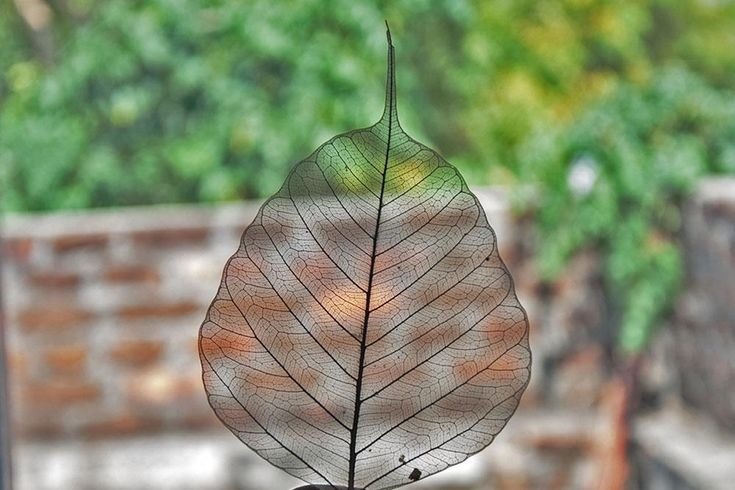
To make the veins of the leaf, scrape off several tiny lines with the edge of a palette knife or anything similar.
Palms are simple watercolor leaves to paint because of their structure. Dip your tiniest paintbrush in your deepest green and delicately glide it across your paper in a slightly curved pattern. With watercolors, this drag and release approach is ideal since the paint’s water-heavy texture will organically spread as you work.
Mix tones
The margins of leaves deteriorate the fastest. Create a bright dark neutral tone to represent these darker patches. Spots of this hue should be placed in and around the leaf’s margins.
In areas where you wish to achieve deeper colors, use less watery paint. You may also blend your greens for a more natural look. Then, let your paint dry.
Pay much attention to the direction of the light, and you’ll find that the thinner leaf stems will also have a shadowed edge, which I carefully created. Small elements like these help to create the appearance of three-dimensionality and make your paintings stand out.
It’s possible to have a good time and relax while painting outside. Wind blowing your notebook pages, on the other hand, is not pleasurable. Binder clips are a great way to keep your sketchbook pages in place and avoid an unpleasant painting section.
Creating highlights
To lift watercolor, use a clean, moist brush. This has the potential to show some very lovely highlights. Remember to do this while the paint is still wet. Tissue may be a fantastic option for clouds and other details, but be aware that it produces rougher edges than the brush.
Add some details and tiny shadows
At this point, we simply need to begin adding details. When painting several layers of details, let the brush reasonably dry and gradually build up the colors. So it’s time to let things dry thoroughly before pulling out the brush.
A few little shadows anywhere along the veins of the leaves offer a lovely sense of realism. The veins going through the green poplar leaf are a somewhat deeper green than the leaf itself. Keep in mind that watercolor is an additive medium. Trying to drag the rigger brush across the image adds some roughness.
Conclusion
It takes time to learn how to paint watercolor leaves, but by starting with the simplest initially, you’ll quickly discover that you have the power to create eye-catching and unforgettable designs utilizing any type of leaf form.
Hey welcome to my blog . I am a modern women who love to share any tips on lifestyle, health, travel. Hope you join me in this journey!
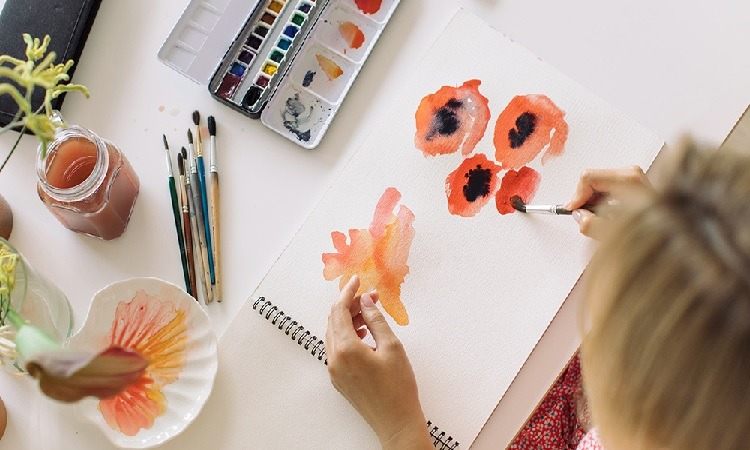
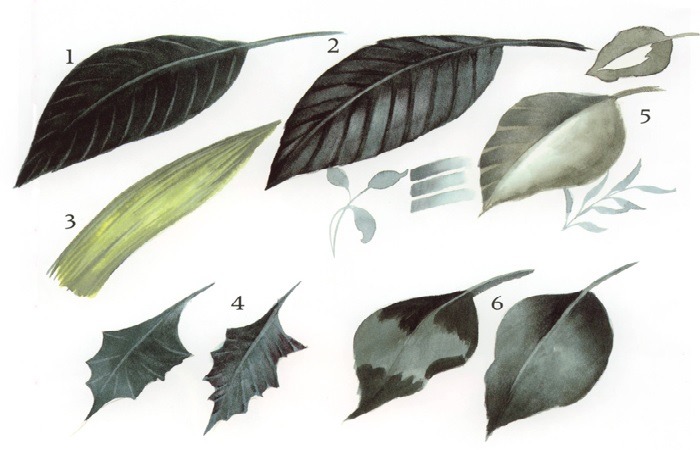
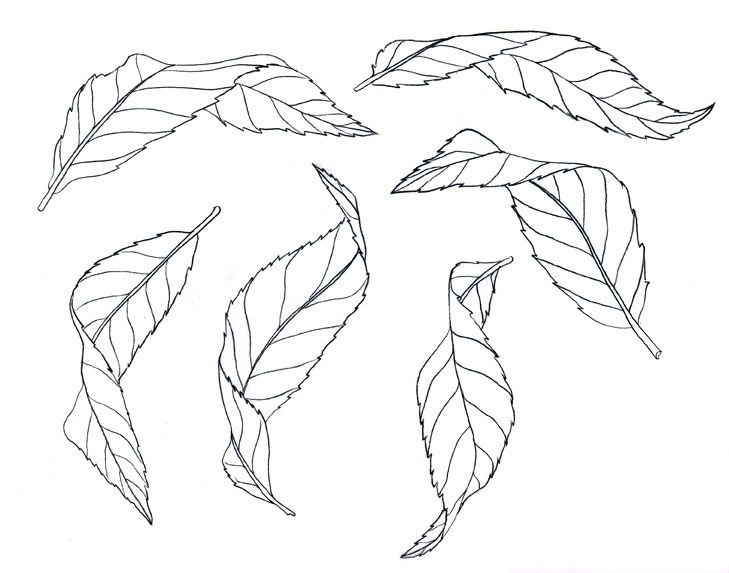
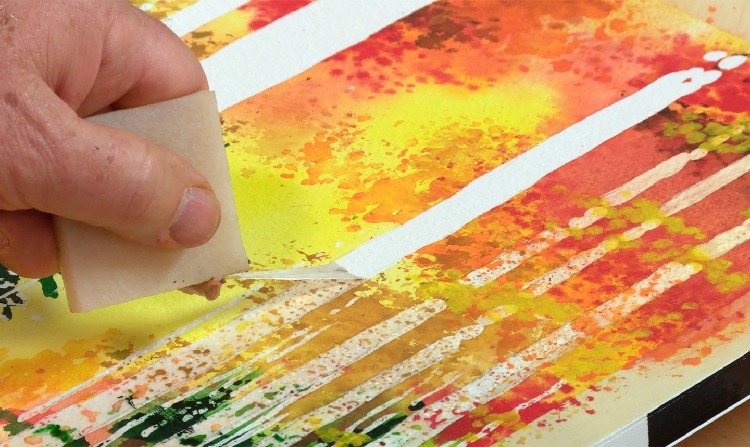
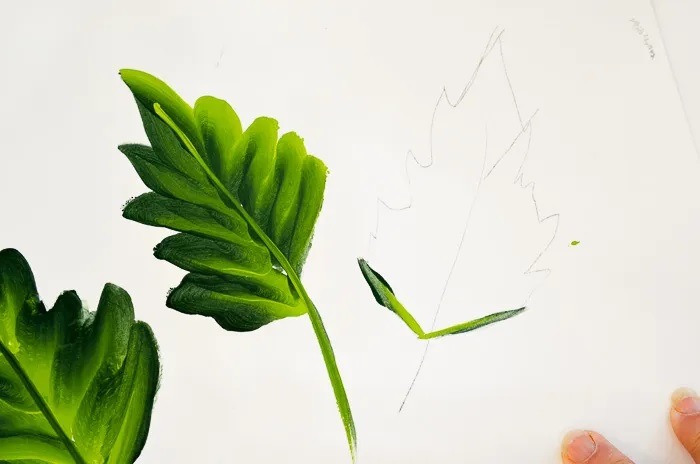
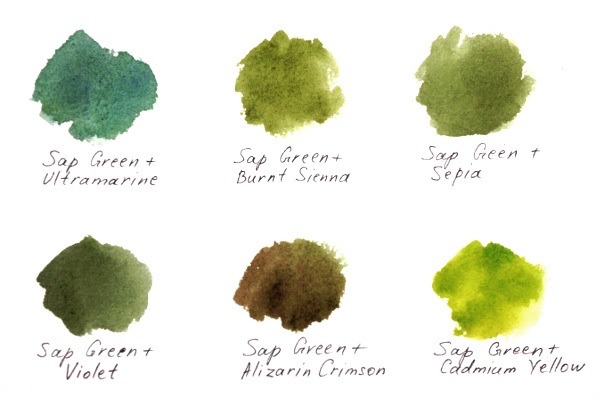


Speak Your Mind